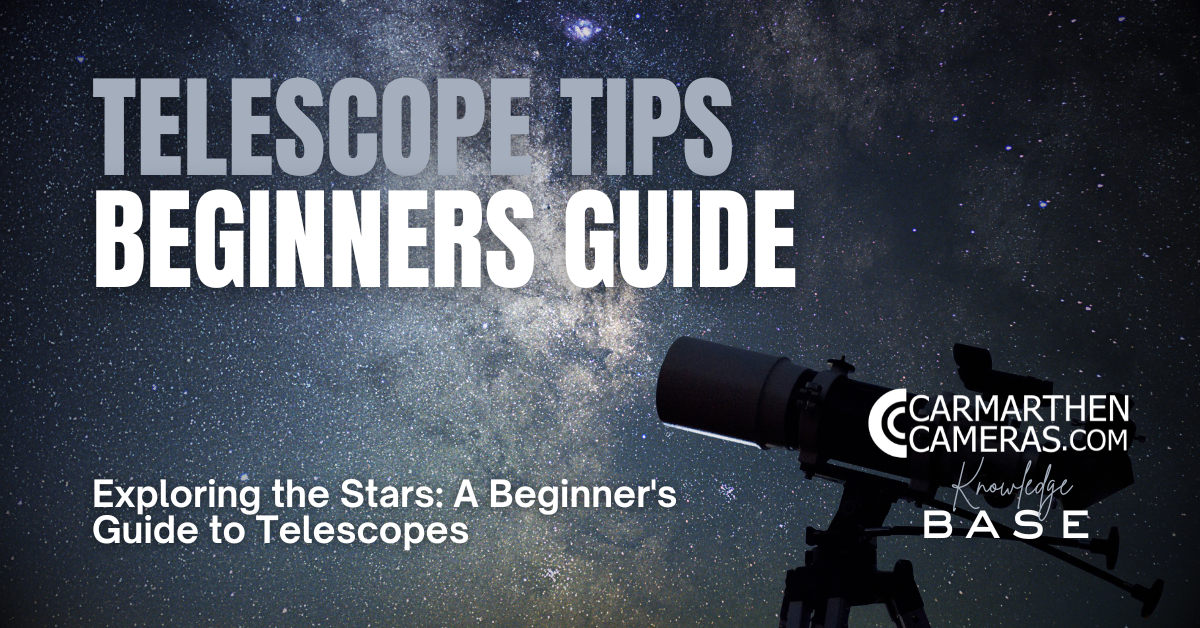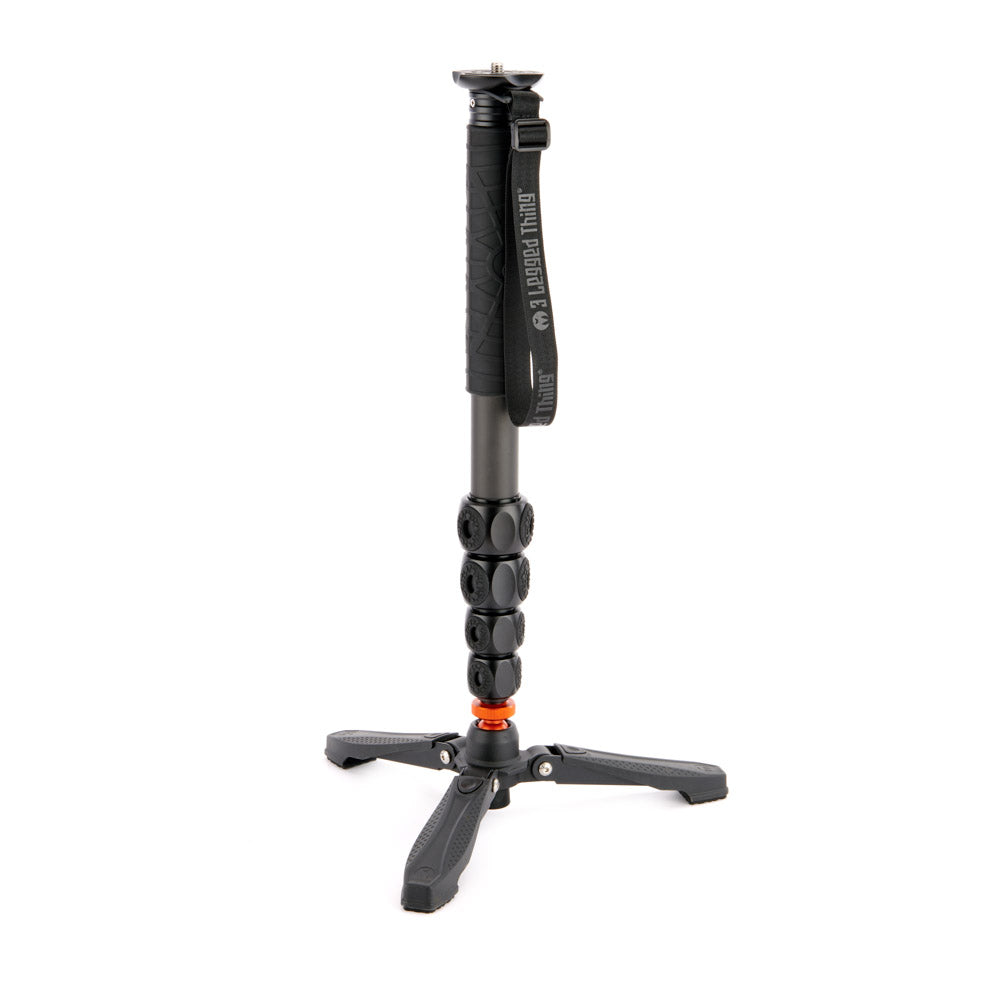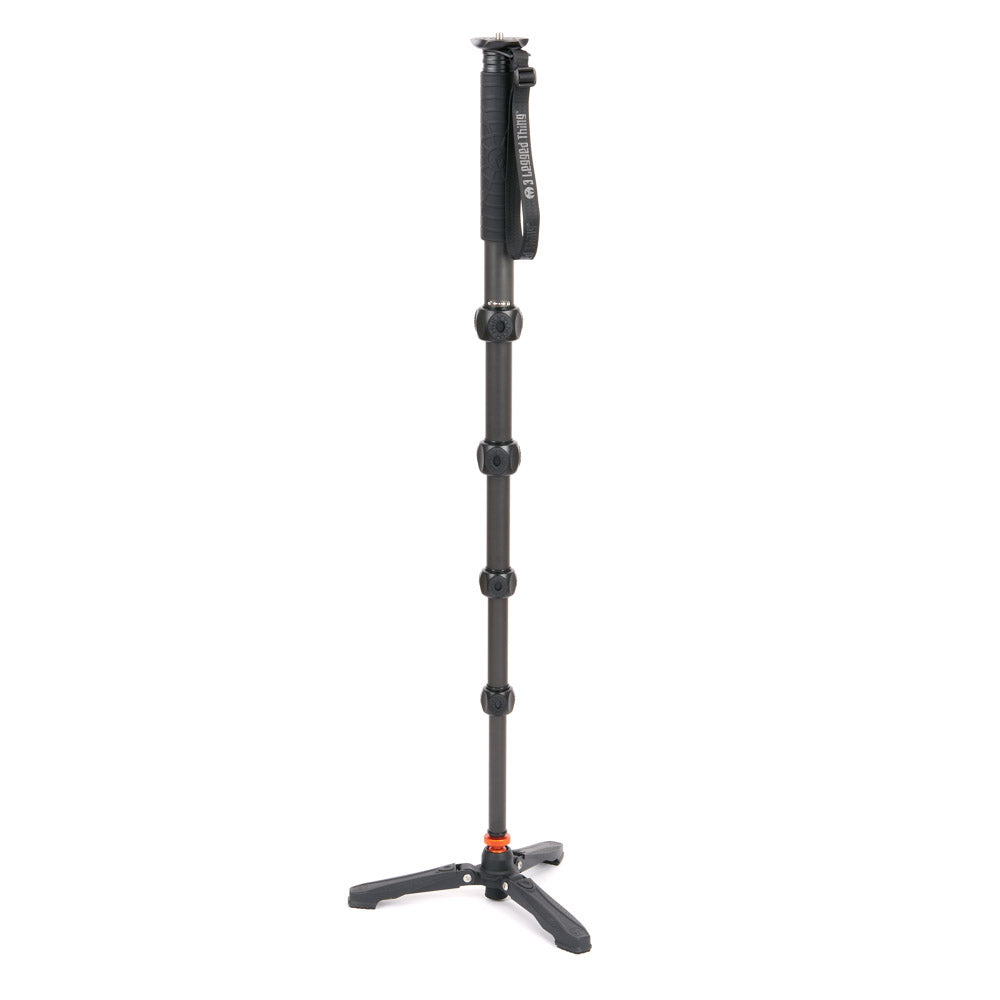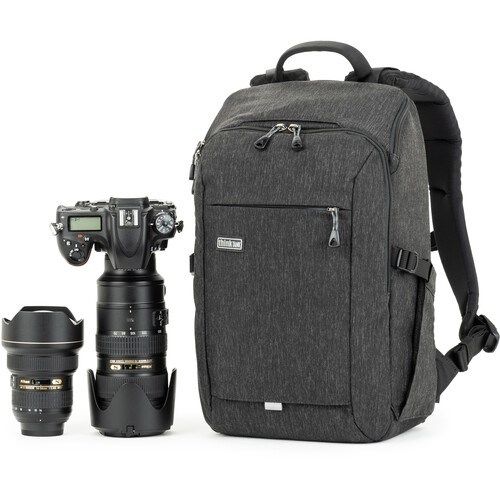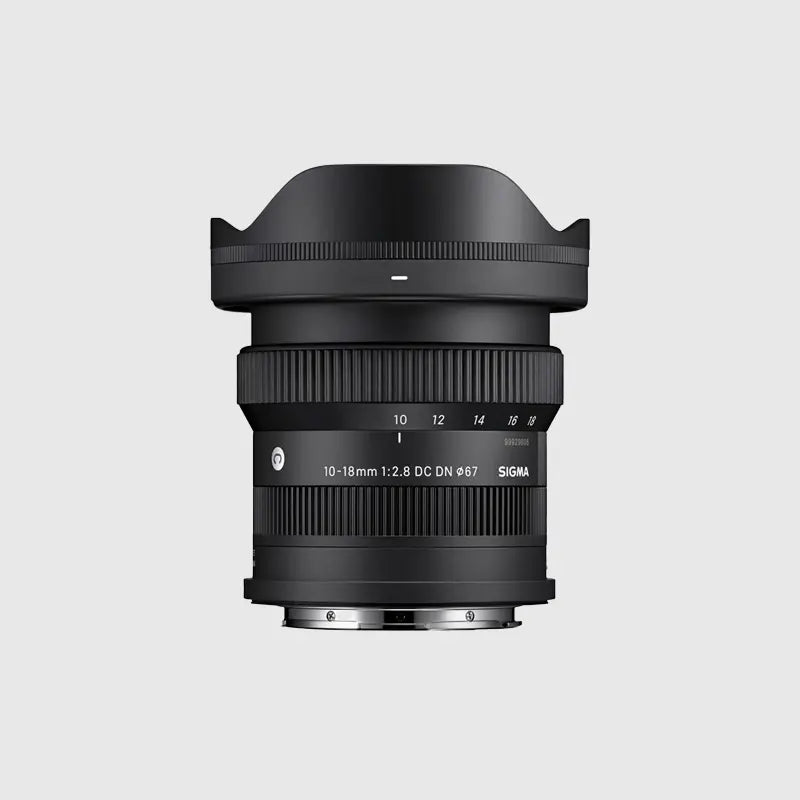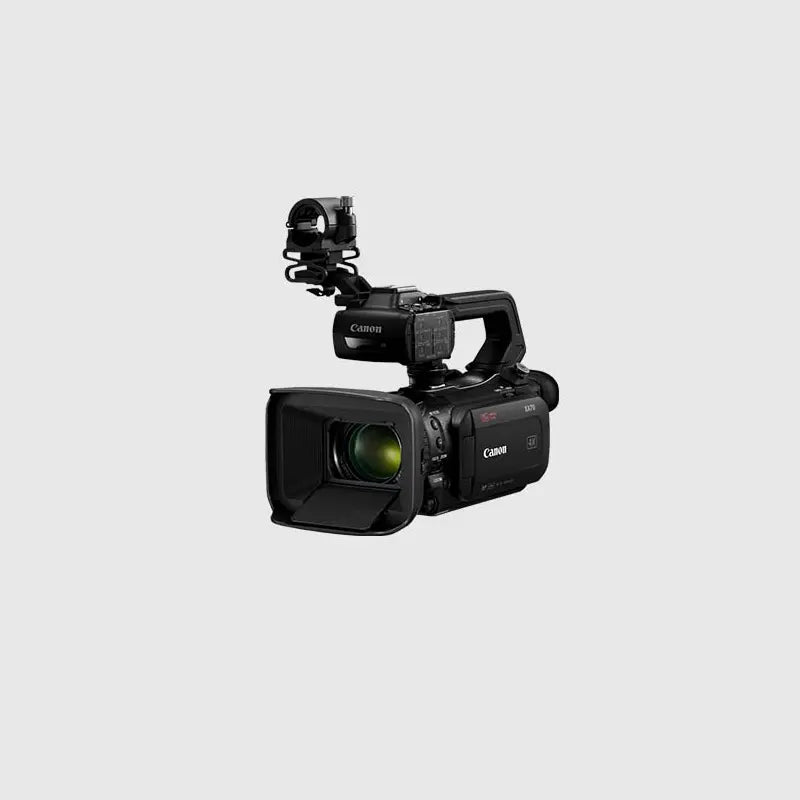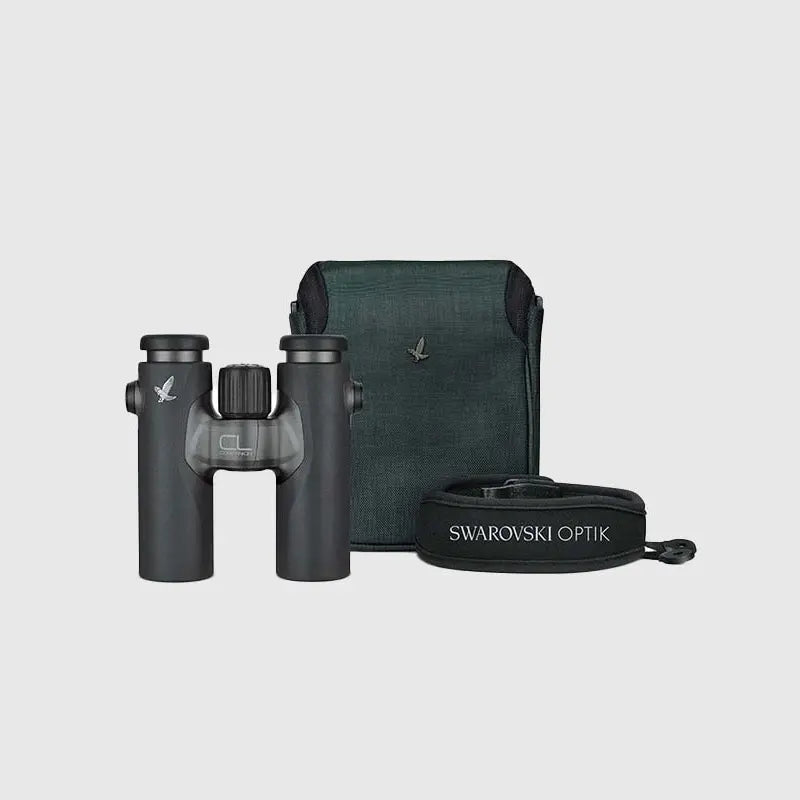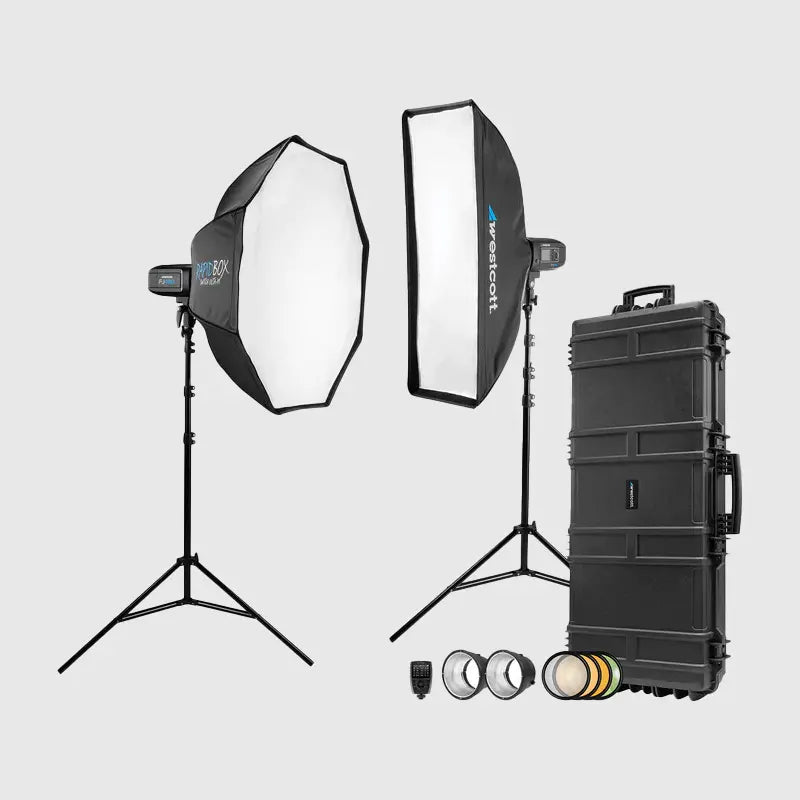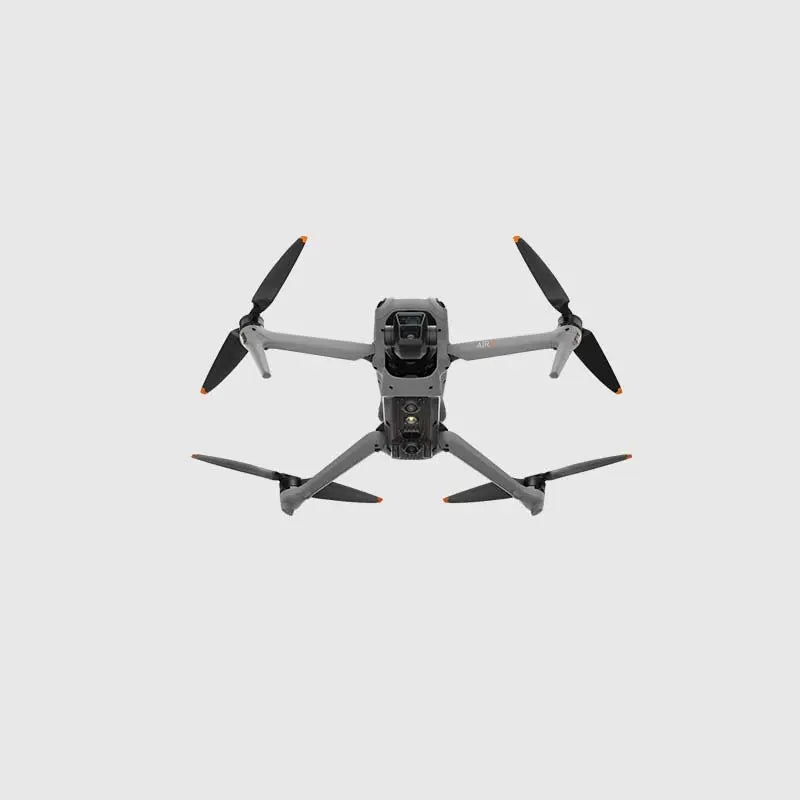Exploring the Stars: A Beginner's Guide to Telescopes
The night sky has fascinated humans for centuries. From the ancient Babylonians to modern-day astronomers, the stars and planets have always beckoned. With a telescope, you can delve into this cosmic wonder from your own backyard. If you're new to telescopes, this guide will help you get started with the basics of using your instrument effectively.

Choosing the Right Telescope
Before diving into the specifics of telescope use, it's crucial to choose the right one. Telescopes come in three main types:
-
Refractor Telescopes
- Use lenses to gather light.
- Best for viewing the moon and planets.
- Minimal maintenance but can be pricier for larger apertures.
-
Reflector Telescopes
- Use mirrors to focus light.
- Ideal for observing deep-sky objects like nebulae and galaxies.
- Require occasional alignment (collimation).
-
Compound (Catadioptric) Telescopes
- Combine lenses and mirrors.
- Versatile and portable, suitable for both planetary and deep-sky observation.
- More expensive but a great all-rounder.

Setting Up Your Telescope
-
Pick the Right Spot
- Choose a dark location away from city lights.
- A stable surface is essential for steady views.
-
Check the Weather
- Clear skies and calm weather are ideal.
- Avoid windy nights, as turbulence affects image clarity.
-
Assemble Carefully
- Follow the manufacturer’s instructions for assembly.
- Attach the mount securely to prevent wobbling.
-
Align Your Finderscope
- A finderscope helps locate objects in the sky.
- During the day, align it with a distant object (like a tree or building) so it matches your telescope's view.

Understanding Telescope Optics
-
Aperture
- The diameter of the primary lens or mirror.
- A larger aperture gathers more light, providing better detail and clarity.
-
Focal Length
- Determines the telescope's magnification power.
- Magnification = Focal Length of Telescope ÷ Focal Length of Eyepiece.
-
Eyepieces
- Interchangeable eyepieces allow different magnifications.
- Start with a low-power eyepiece for wide views, then switch to higher magnification for details.

Observing Tips
-
Start with the Moon
- The Moon is a bright, easy target and offers stunning details like craters and ridges.
-
Move to Planets
- Jupiter, with its moons and bands, and Saturn, with its rings, are breathtaking through a telescope.
-
Explore Deep Sky Objects
- Galaxies, star clusters, and nebulae are faint and require patience. Use a star chart or an astronomy app to locate them.
-
Practice Patience
- Learning to track objects and adjusting your telescope takes time. Be persistent.

Maintenance Basics
-
Keep Lenses Clean
Use a soft brush or lens cloth for dust. Avoid touching optics with bare hands. -
Store Properly
Store your telescope in a dry, dust-free environment to prevent damage. -
Collimate Regularly
Reflector telescopes need periodic alignment of mirrors for optimal performance.

Resources for Beginners
- Books: "Turn Left at Orion" is an excellent beginner's guide.
- Apps: Star-gazing apps like SkySafari or Stellarium help identify celestial objects.
- Clubs: Join a local astronomy club for guidance and group stargazing sessions.
With patience and practice, your telescope can become a window to the universe. Start small, enjoy the journey, and soon you’ll be marvelling at distant galaxies and ancient starlight. Clear skies and happy observing!

